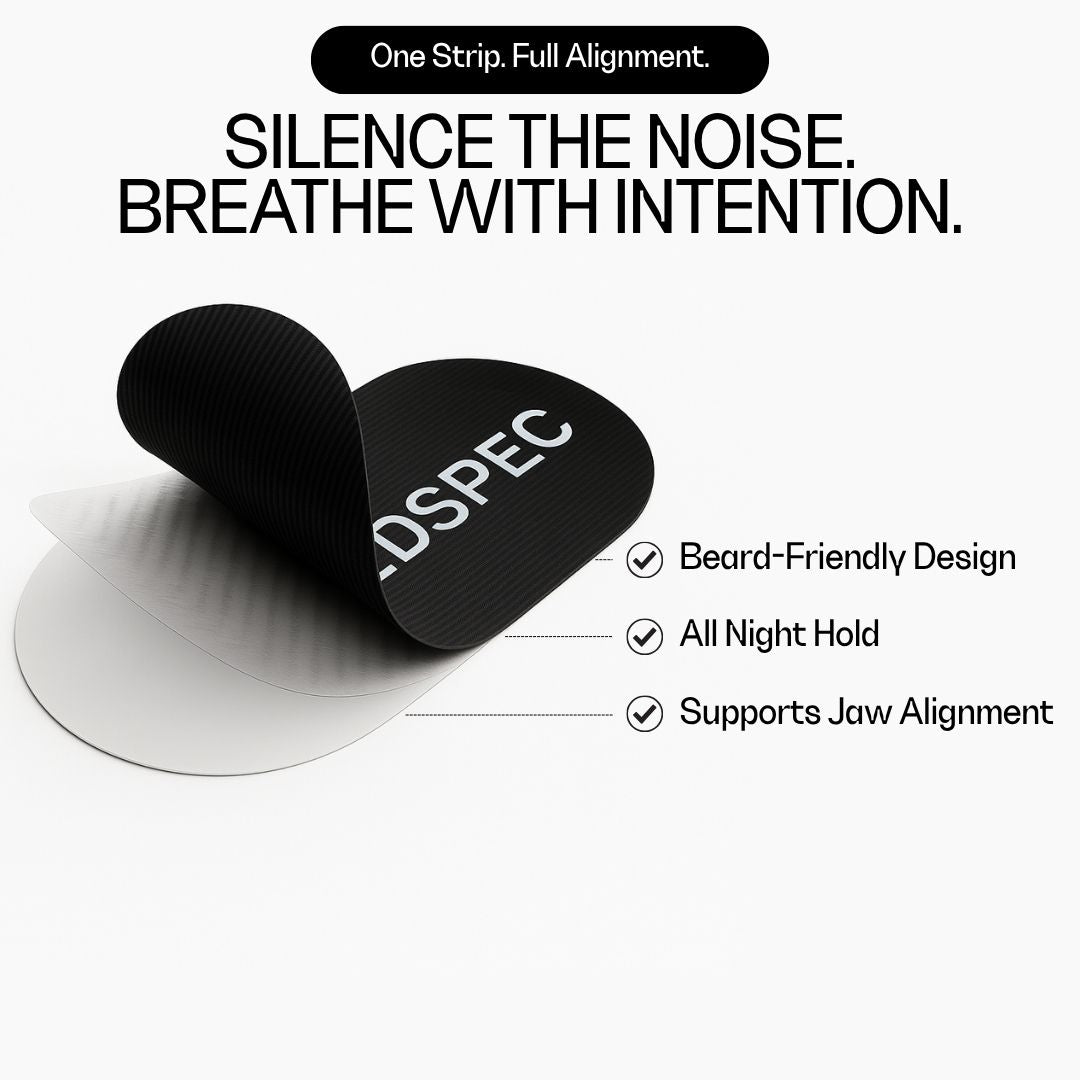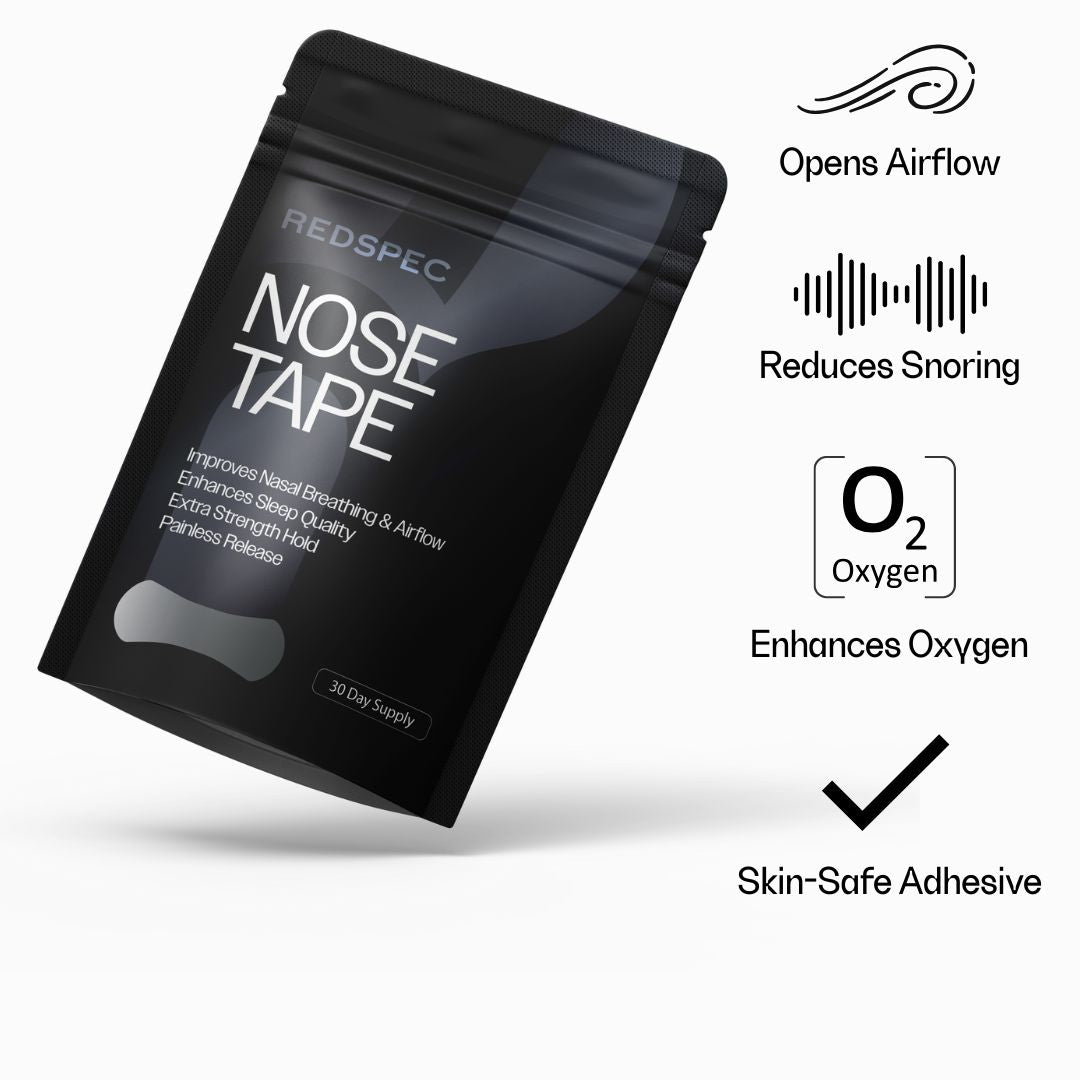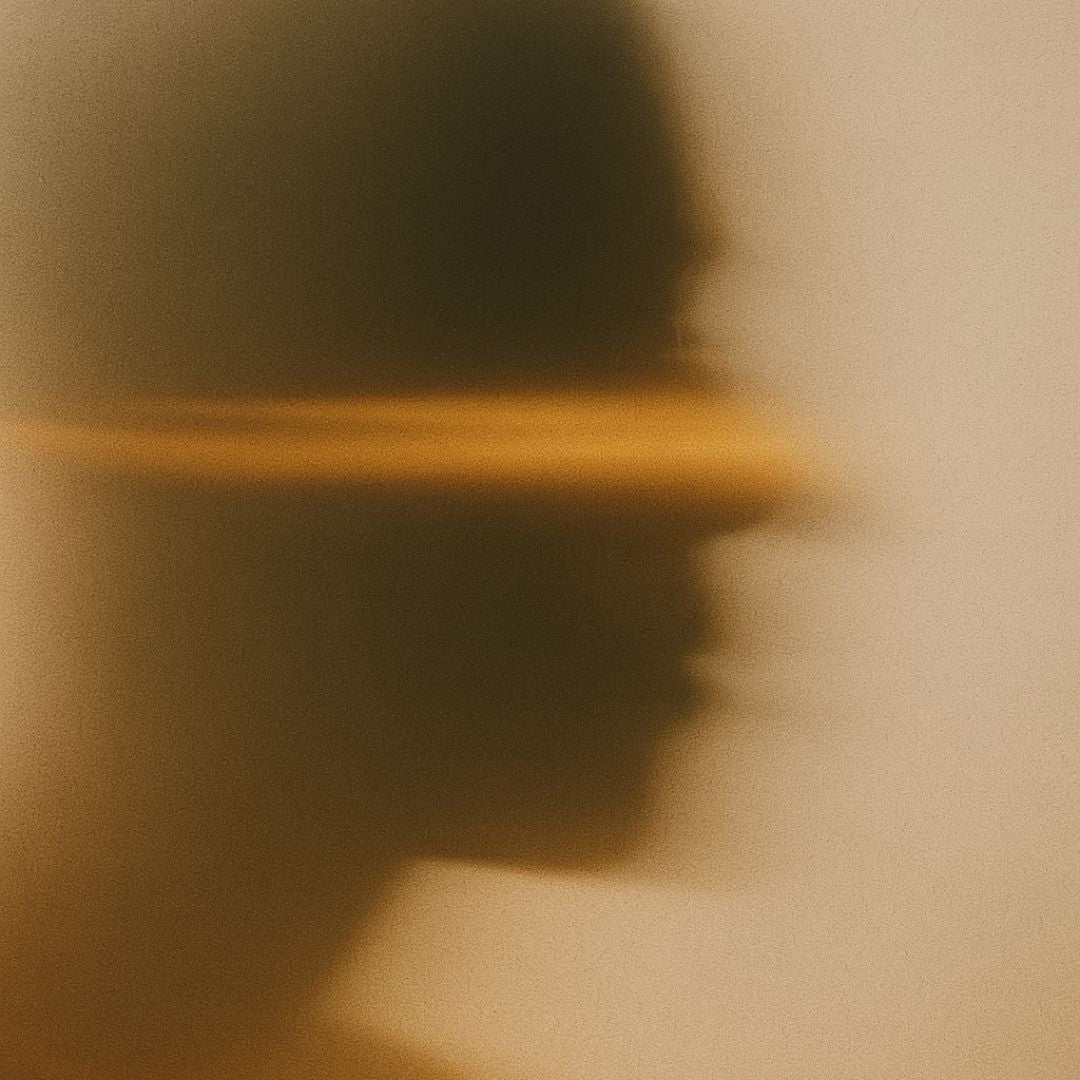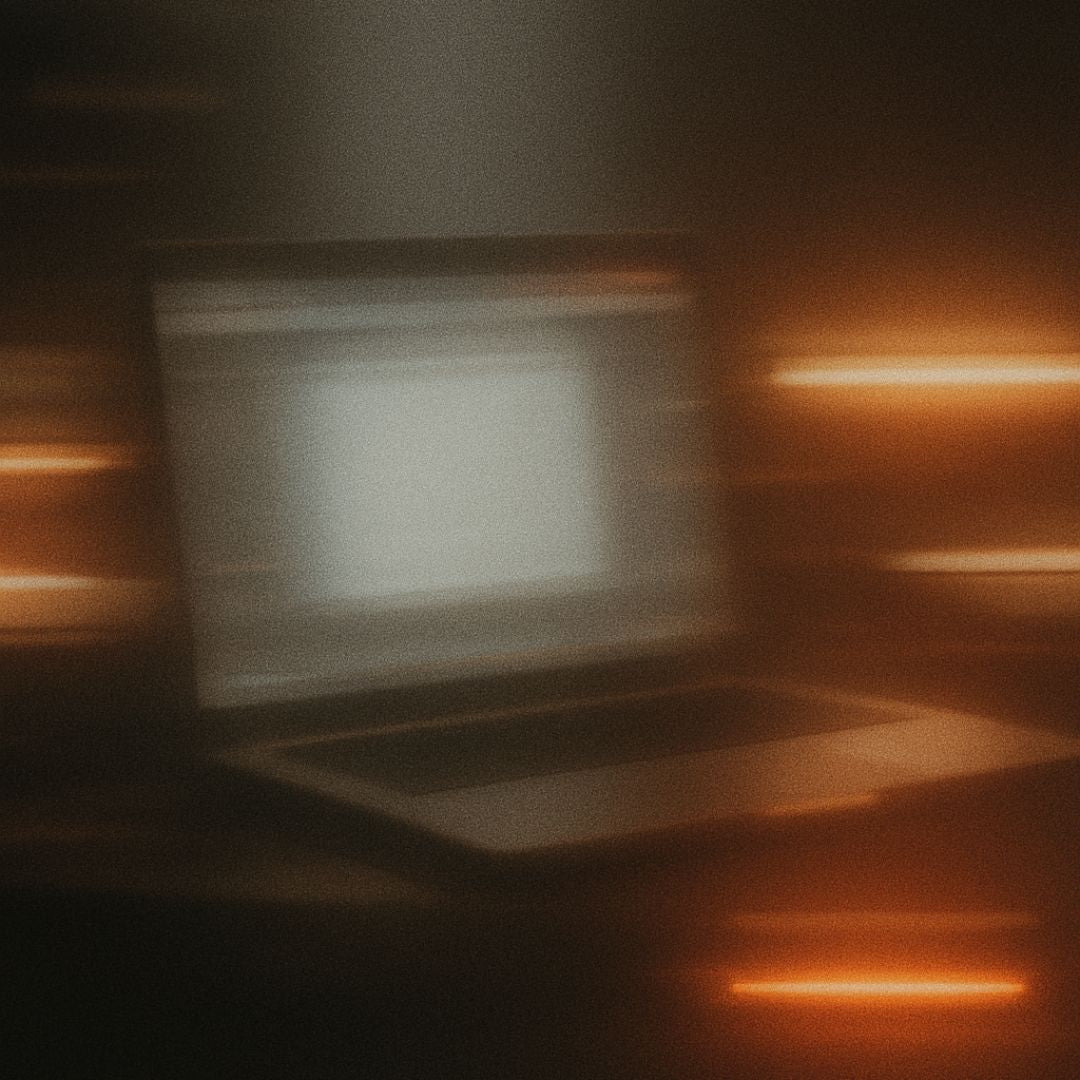You optimize your calendar. Your tools. Your inputs. But what about your light?
Most workspaces are biologically misaligned—overhead fluorescents, harsh blue screens, and zero circadian structure. The result: visual fatigue, brain fog, and scattered focus that builds over time.
A light-conscious workspace isn’t aesthetic—it’s strategic. Here’s how to design an environment that supports clarity, endurance, and neurological alignment.
1. Start With Natural Light
Position your desk perpendicular to a window—side light, not front-facing glare.
Morning light exposure anchors your circadian rhythm and boosts dopamine tone. Avoid backlit setups that reflect off screens or cause squinting.
If you can’t get natural light: use full-spectrum bulbs (5000K–6500K) in the morning, then shift warmer (2700K–3000K) by late afternoon.
2. Control Overhead Lighting
Overhead fluorescents and LEDs create uniform glare and constant photic stress. Swap them for:
-
Directional task lighting
-
Diffused lamps with dimmers
-
Smart bulbs that change temperature across the day
Think layered light: low and lateral, not high and harsh.
3. Use Circadian Filters
Lenses are your adaptive layer.
Wear yellow lenses during screen-intensive blocks to reduce blue-violet exposure, protect your visual cortex, and maintain sustained attention.
Switch to red lenses if you're working late and need to preserve melatonin and avoid sleep disruption.
This lens shift turns your eyewear into a control system—not just protection.
4. Dim to Wind Down
As the day closes, your workspace should too.
Lower brightness, shift light toward amber or red, and limit high-lux sources. The goal isn’t darkness—it’s biological permission to recover.
Use tools like:
-
f.lux or IrisTech for screen temperature control
-
Warm desk lamps or red-light sources for final-hour work
-
A 30-minute no-screen buffer before sleep
5. Treat Light as a Performance Variable
In a world driven by screens, how you shape your light shapes how you think.
A light-conscious workspace helps you:
-
Stay focused longer
-
Reduce sensory fatigue
-
Protect your sleep
-
Operate in rhythm—not in resistance
This isn’t interior design. It’s nervous system engineering.
Build the environment your brain performs in.
Let RedSpec handle the light. You handle the output.








Leave a comment
This site is protected by hCaptcha and the hCaptcha Privacy Policy and Terms of Service apply.